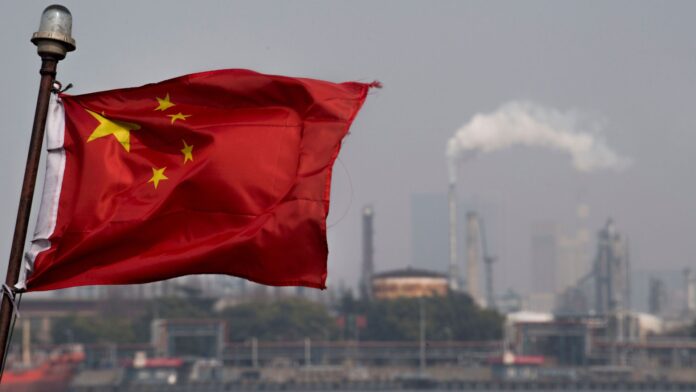China’s stimulus measures will shore up economic growth this year and next but may undermine the country’s drive to control debt and worsen structural distortions over the medium term, the OECD said in a report on Tuesday.
Beijing has stepped up fiscal stimulus to prevent a sharper slowdown in the world’s second-largest economy, which is being squeezed by weaker domestic demand and a trade war with the United States.
Local governments will be allowed to issue 2.15 trillion yuan worth of special purpose bonds in 2019 to fund infrastructure projects, a jump of 59 per cent from last year.
S&P Global Ratings estimated last year that local governments were already sitting on hidden debt that could be as high as 40 trillion yuan.
“Infrastructure stimulus could lift growth over the projection horizon, but it could lead to a further build-up of imbalances and capital misallocation, and thereby weaker growth in the medium term,” the OECD said in its latest survey on China’s economy.
“The stimulus risks increasing once again corporate sector indebtedness and, more generally, reversing progress in deleveraging,” it said.
China’s corporate debt has fallen to about 160 percent of gross domestic product (GDP) due to a multi-year clampdown on riskier types of financing and debt, but the level was still higher than in other major economies, the OECD said.
The government in March announced tax and fee cuts of 2 trillion yuan for companies this year, which will lift its budget deficit to 2.8 per cent of GDP this year from 2.6 per cent in 2018.
China’s fiscal stimulus could be as high as 4.25 per cent of GDP this year, up from 2.94 per cent in 2018, the OECD added.
Easier monetary policy should help reduce the risk of liquidity strains which could put further pressure on businesses, said Ludger Schuknecht, deputy secretary-general of the OECD.
But he said Beijing should prevent any policy “overshooting”.
Fiscal policy should aim to support the economy while avoiding any side-effects, he added.
“I’m sure government authorities and the PBOC are monitoring this carefully. It’s a matter of implementing it (stimulus) in the right way,” he told an event ahead of the release of the report.
New bank loans rebounded more than expected in March, capping a record 5.8 trillion yuan quarter, as policymakers push lenders to support struggling smaller, private companies, which are seen as higher credit risks than state-controlled firms.
But there are concerns that looser lending standards may fuel a further rise in bad loans as well as inefficient investment and speculation, particularly in the property market.
The People’s Bank of China (PBOC) has already slashed banks’ reserve requirement ratio (RRR) five times over the past year and is widely expected to ease policy further in coming quarters to spur lending and reduce borrowing costs.
But top officials have repeatedly vowed not to open the floodgates in an economy already saddled with piles of debt – a legacy of massive stimulus during the global financial crisis in 2008-09 and subsequent downturns.
China’s economic growth is likely to slow to 6.2 percent this year – the weakest pace in nearly 30 years, and growth is expected to cool further to 6.0 per cent in 2020, the OECD said. The economy expanded 6.6 per cent in 2018.
In March, the OECD cut its 2019 growth forecast from 6.3 per cent.
The OECD’s outlook on China’s economy was in line with a Reuters’ poll published last week.
Growth of China’s exports of goods and services could slow to 4.5 percent this year from 5.1 per cent in 2018, amid trade frictions with the United States, the OECD predicted.
China’s current account may swing to a deficit of 0.1 per cent of GDP this year from a small surplus in 2018, amid its rebalancing towards domestic demand, the OECD added.




